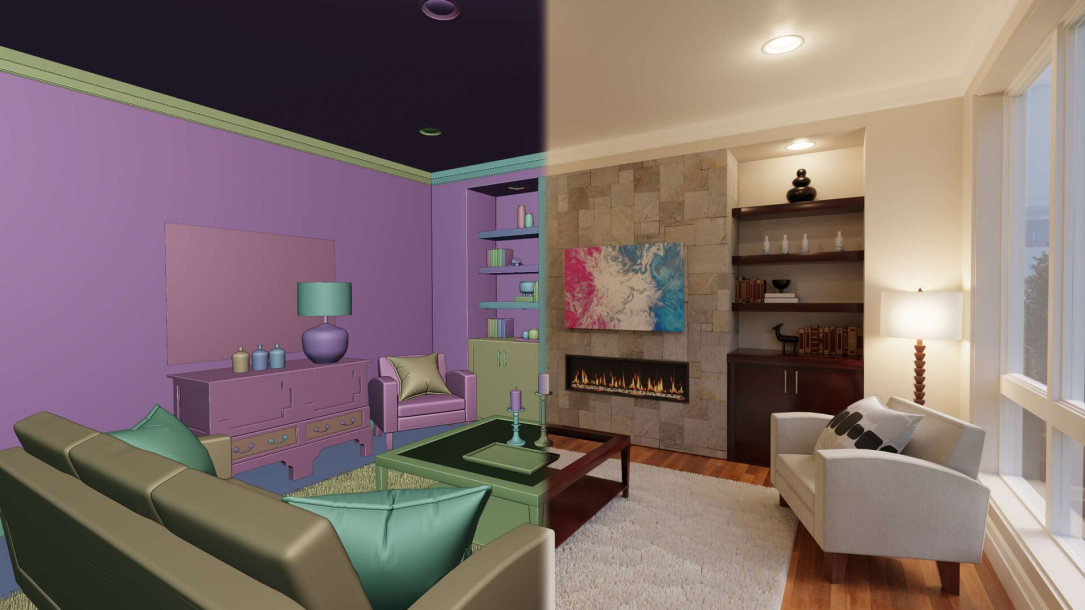Blender: Redefining Interior Design
Table of Contents:
I. Introduction
II. Lighting Tools
III. Camera Placement
IV. Object Placement
V. Room Design
VI. Compositing Settings
VII. Conclusion
Blender is a fantastic 3D modeling and animation software that is becoming increasingly popular among interior designers. The application includes a plethora of tools and capabilities, making it an excellent choice for interior design. Blender, with its extensive features and third-party addons, gives designers with a quick and easy approach to create outstanding interior designs.
Blender’s lighting tools are one of its main advantages. Designers may generate a wide range of lighting conditions with Blender’s lighting system, from soft and subtle to brilliant and dramatic. To create the ideal mood for their works, they can experiment with various light sources such as lamps, ceiling fixtures, and natural light.
Camera placement is extremely important in interior design, and Blender offers a variety of camera tools to assist designers in positioning and adjusting their cameras. Designers can use the program’s camera controls to generate dynamic camera motions such as panning and tilting to present their creations from various viewpoints. They can also set up additional cameras to capture diverse perspectives of the same scenario, providing clients with a more in-depth understanding of the design.
Another important part of interior design is object placement. Designers can use Blender’s precision modeling features to build accurate and detailed models of furniture, decor, and other elements often found in interiors. Designers may effortlessly move, rotate, and scale objects in Blender to obtain the ideal look and feel for their projects.
Blender offers designers a variety of capabilities for creating realistic and captivating interior settings when it comes to room design. Texturing capabilities in the application let designers to add depth and realism to their ideas, while the physics engine allows them to recreate real-world elements like gravity and friction. As a result, clients have a more realistic and engaging experience.
Another important tool that interior designers can utilize to produce spectacular visuals is Blender’s compositing settings. Designers can use compositing settings to modify the brightness, contrast, and color of their designs to create the ideal ambiance for their clients. They can also apply post-processing elements like depth of field and motion blur to their designs to give them a cinematic feel.
To summarize, Blender is a fantastic tool for interior designers wanting to produce realistic and attractive interior designs. Blender’s advanced lighting tools, camera placement features, object placement capabilities, and compositing settings provide designers with a variety of tools and alternatives for creating attractive interiors that match the demands and expectations of their clients. Blender is a valuable tool that may help designers bring their thoughts to life, whether they are building a residential or business space.
Written by our proud member!

download link??????
looks like its gone due to some mistake, make a post in discord server